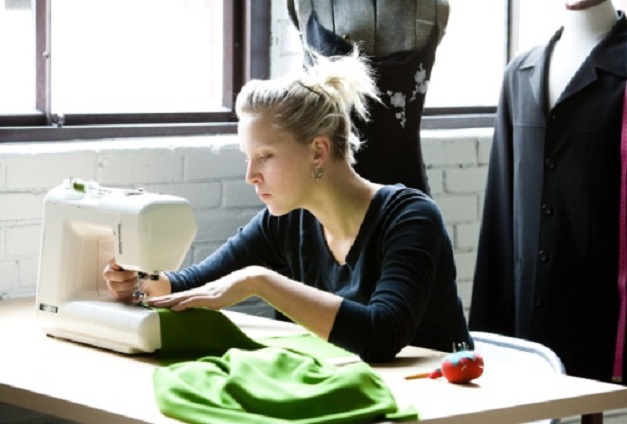Instruction
1
Before you start to sew on a machine, it must be configured and put in working condition. Though sewing machine store in densely closed covers, but every time they need to prepare to work. Install it in a convenient bright place and take care of the additional light source, if you will be stitching in artificial light in the evening.
2
Soft flannel cloth to wipe her body and drip a drop of oil in each technological hole designed for this. Free access to the Shuttle device, inspect it and remove any dust accumulated inside the case. Check that the groove in the ring was not of the scraps of thread and dust – in electric cars because they inhibit the movement of the Shuttle, which leads to overheating of the mechanism.
3
Adjust the height of the rack in accordance with the thickness of the fabric. If you are going to sew from silk or any other fine fabric, set the regulator to position "Silk", all the other fabric sew in the position "Normal".
4
Adjust the pressure of presser foot using a threaded sleeve, which is located at its core. The thicker the fabric, the stronger must be the pressure. Adjust it according to the pattern of the fabric, from which you are going to sew. Fold the cloth in half and prostrochite it, selecting the pressure force and the required length of the stitch. Thick fabrics sew stitches is 3 mm, for thin set 1.5 – 2 mm. Screw regulator adjust tension of the upper thread to the wrong side of the seam was not loops.
5
After finishing sewing, wipe machine, clean the bobbin case and the annular groove, is placed under the foot piece of fabric, put the needle down and loosen the fixing screw. Close the typewriter cover.
Useful advice
The thickness of the thread and needles are selected in accordance with the type of fabric. As the upper and lower threads, use thread with a single coil. If you use threads with different coils, the lower should be in the room thinner than the top.
